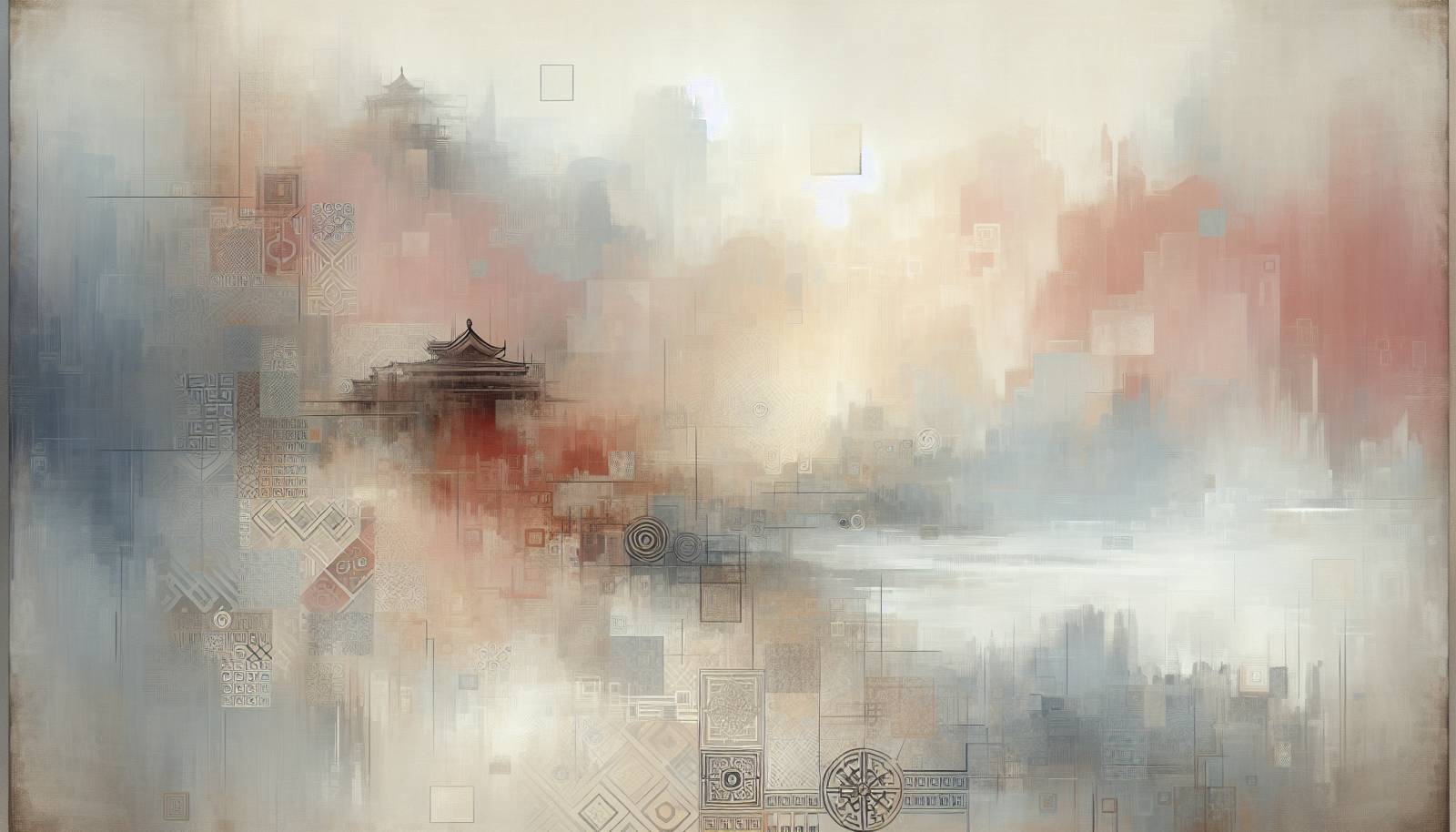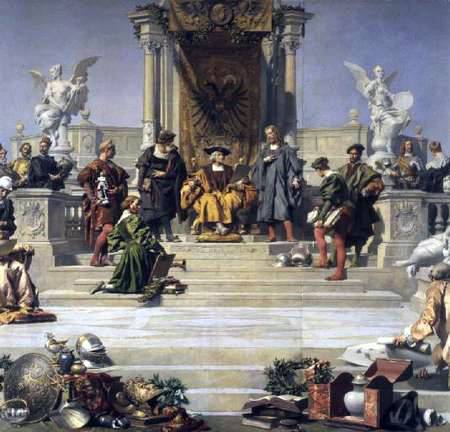
FAQ About The Role of Art Patronage in Cultural Development

What is art patronage?
Art patronage refers to the support that kings, popes, the wealthy, and other influential figures have historically provided to artists, musicians, and writers. This support often came in the form of financial grants, commissions, or gifts, enabling artists to focus on their work and innovate new artistic expressions.

How has art patronage influenced cultural development historically?
Art patronage has significantly shaped cultural development by fostering creative environments where artists can thrive. Patrons often guided artistic themes and directions, which aligned with religious, political, or social ideals of their time. This backing led to the creation of many iconic artworks, movements, and innovations that reflect and influence the culture of different eras.

Who were some famous art patrons in history?
Some well-known art patrons include the Medici family in Renaissance Florence, Pope Julius II who commissioned Michelangelo for the Sistine Chapel, and the French King Louis XIV, who supported artists during his reign, thereby contributing to the grandeur of the Baroque period.

What role did the Medici family play in art patronage?
The Medici family, particularly in the 15th and 16th centuries, were pivotal art patrons in Florence. They supported artists such as Leonardo da Vinci, Michelangelo, and Botticelli, helping to usher in and sustain the Italian Renaissance. Their patronage not only funded artworks but also influenced cultural and artistic directions in Europe.

How did Renaissance art differ thanks to patronage?
Renaissance art witnessed a transformation with the rise of humanism, realistic depiction of subjects, and exploration of perspective, largely due to patronage. Patrons like the Medicis encouraged artists to explore profound ideas through art, which led to some of the most famous and enduring masterpieces in Western art history.

Can you give an example of art patronage outside of Europe?
In Mughal India, emperors like Akbar and Shah Jahan were prominent patrons of the arts. They commissioned grand architectural projects like the Taj Mahal and numerous artworks that contributed to the rich tapestry of Mughal art, melding Persian, Indian, and Islamic styles.

How did patronage affect the Baroque period?
During the Baroque period, the Catholic Church was a significant patronage source, funding artworks that conveyed religious themes with drama and emotion to align with the Counter-Reformation's goals. Royal patrons also sought to demonstrate power and prestige through elaborate art and architecture, signaling wealth and cultural dominance.

What is the difference between patronage and sponsorship?
While both patronage and sponsorship involve financial support, patronage typically refers to a more personal and enduring relationship between the patron and the artist, often without the expectation of commercial profit. In contrast, sponsorship is generally more business-oriented, involving marketing and branding opportunities.

How does contemporary art patronage compare to historical patronage?
In contemporary times, patronage still exists though often through grant programs, cultural institutions, and collector investments. While less personal than in the past, modern patronage supports emerging and experimental art forms. However, governmental bodies, corporations, and private collectors are more prevalent compared to individual aristocratic patrons.

What impact does art patronage have on artists?
Art patronage significantly impacts artists by providing financial security and stability, allowing them to pursue creative endeavors without the immediate pressure of commercial success. It also offers them a platform and audience to showcase their work, thus influencing their career trajectory and ability to innovate.

How does art patronage influence cultural identity?
Art patronage helps shape and reflect cultural identity by promoting particular themes, styles, and narratives that resonate with societal values and ideals. Through patronage, certain cultural expressions are preserved and propagated, thus contributing to a society's historical and cultural heritage.

What were some key art movements influenced by patronage?
Key art movements significantly influenced by patronage include the Renaissance, Baroque, Enlightenment-era Neoclassicism, and the 19th-century Impressionism. Each of these movements was advanced by patrons who encouraged new artistic directions and nurtured artists to express contemporary themes and aesthetics.

What was the role of religious institutions in art patronage?
Throughout history, religious institutions have been substantial art patrons. They commissioned artworks that decorated churches, cathedrals, and chapels, often with the intent of illustrating religious narratives and ideals, thereby playing a crucial role in developing religious art and architecture.

How did art patronage affect literature and music?
Art patronage extended beyond visual arts to include literature and music. Patrons supported poets, writers, and musicians by funding their works and enabling them to perform or publish. This support facilitated the creation of classical music compositions and significant literary works that have endured through time.

What role did art patrons play during the Enlightenment?
During the Enlightenment, art patrons played a key role in the spread of Neoclassical art, which resonated with the period’s values of reason and order. They funded public works, encouraged the development of art academies, and supported artists whose works embodied Enlightenment ideals.

Why did wealthy individuals and royalty become art patrons?
Wealthy individuals and royalty became art patrons to demonstrate their power, wealth, and cultural sophistication. Patronage allowed them to reinforce social hierarchies, legitimize their authority, or align with divine rights through commissioning art that glorified their status or supported religious themes.

How has digital technology affected art patronage?
Digital technology has transformed art patronage by expanding access to art and artists globally. Platforms like Kickstarter or Patreon allow broader patronage opportunities, where artists can connect with supporters directly, receive funding, and distribute their artworks online, reaching wider audiences.

Are there any modern equivalents to historical art patrons?
Modern equivalents to historical art patrons include corporations, foundations, and philanthropic individuals who fund art projects, exhibitions, and residencies. Notable examples include tech moguls, celebrities, and cultural institutions that support contemporary art through grants and sponsorships.

How do art fairs contribute to contemporary art patronage?
Art fairs contribute to contemporary art patronage by providing platforms for artists to showcase their work to collectors, curators, and patrons. These events facilitate networking and sales, promoting patronage by connecting artists with potential funders and expanding their reach within the art world.

In what ways has art patronage adapted in the 21st century?
In the 21st century, art patronage has adapted by embracing digital and global contexts. Patronage now includes online fundraising platforms, social media promotion, and diverse cultural sponsorships. This evolution reflects changing economic and technological landscapes, providing broader support mechanisms for artists worldwide.
